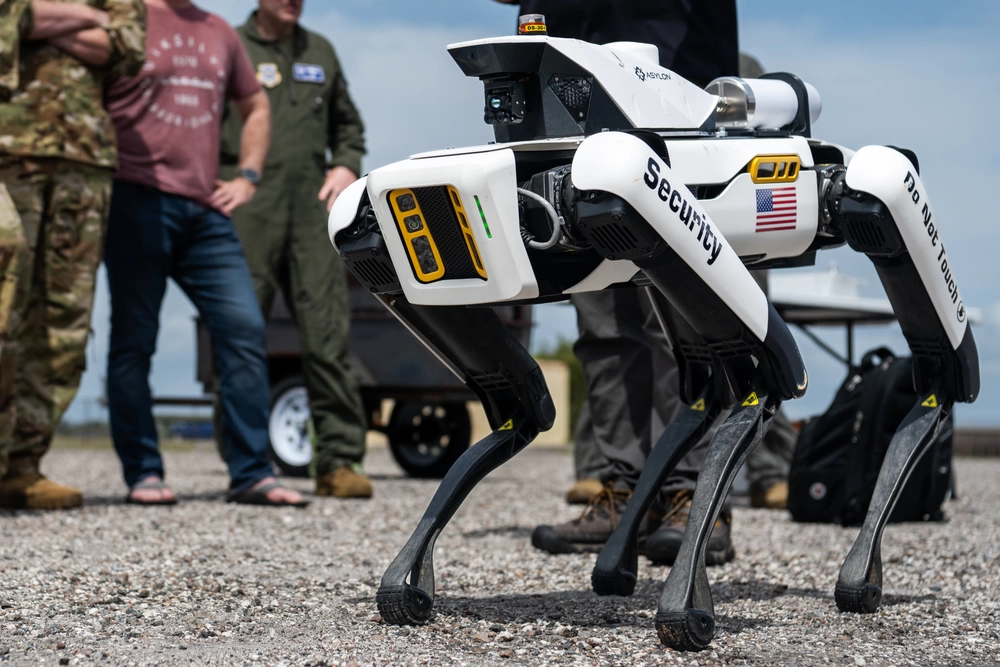The CUDA NVIDIA software platform will be compatible with RISC-V. Nvidia’s announcement has been made at the RISC-V 2025 Summit that has been held in China and is a boost for this hardware architecture.
RISC-V is the most promising development of the industry in the search for what they call the ‘Open Source’ processor. Or what is the same, a new design of open source chips Based on RISC architecture, which offers a more economical (and open) manufacturing form of semiconductors for current applications and all new technologies that have arrived strongly in recent times, from autonomous vehicles to virtual reality.
Nvidia Cuda En Ris-V
Taking into account the relevance of the green giant in current technology, the support of its software platform, enabling CPUs based on ISA RISC-V in high-performance applications is a back so that competes with the other two great hardware architectures, X86 and ARM.
The announcement ensures that RISC-V can serve as the main processor for CUDA-based systems. RISC-V may be used in compatible perimeter devices such as Nvidia Jetson modules. In addition, the company expects the platform to be used in the future in hyperscala data centers.
Nvidia’s profile in RISC-V seems elevatedsince the main conference at the Risc-V Summit in China was in charge of Frans Sijsterman, the vice president of Hardware Engineering. The presentation described how the CUDA components will be executed in RISC-V. The diagram presented illustrated a typical configuration: the GPU manages parallel work loads, while an CPU RISC-V executes the CUDA system controllers, the application logic and the operating system.
This configuration allows the CPU to orchestrate the calculations of the GPU completely inside the CUDA environment. Given the current NVIDIA approach, workloads must be related to AI, although the company did not confirm it. However, there is more. The diagram also included a DPU in charge of network tasks, which completed a system composed of computer computing, CPU orchestration and data transfer.
This configuration clearly suggests Nvidia vision of building heterogeneous computer platforms Where the CPU RISC-V can be fundamental for the management of workloads, while GPUs, DPUs and network chips are responsible for the rest of functions. Although NVIDIA will not be formalized to diversify its ecosystem beyond the owner host platforms, the announcement positions RISC-V as a viable alternative for future designs of IA and HPC processors in data centers.












